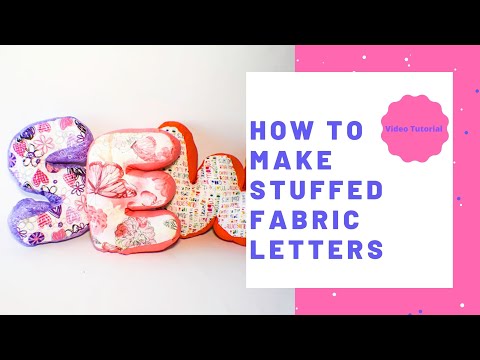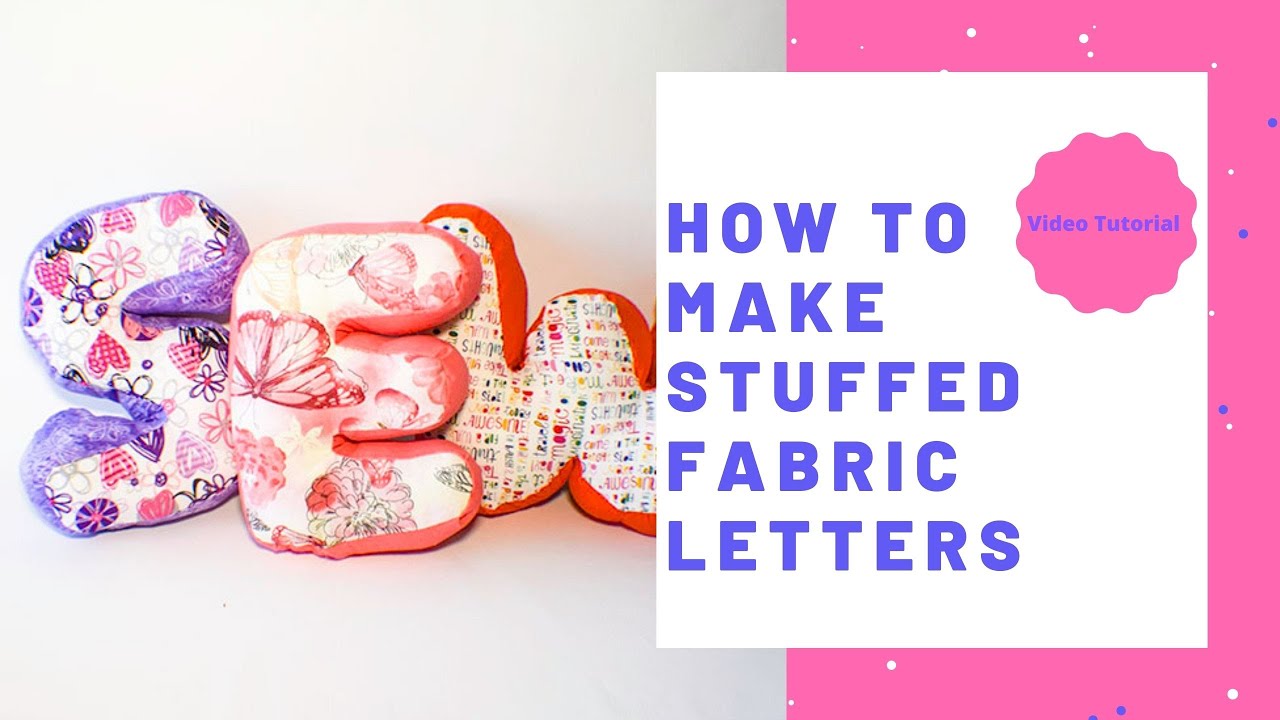Discover the extraordinary world of fabric innovation with our collection of cutting-edge textiles. Immerse yourself in a realm where science meets style, as we unveil the wonders of our meticulously crafted materials. Our fabrics are not merely threads woven together, but the result of meticulous research and development, backed by decades of expertise. Experience the ultimate fusion of comfort and functionality, as we bring you a range of fabrics that go beyond expectations. From our revolutionary performance fabrics that enhance your active lifestyle, to our luxurious fabrics that exude elegance and sophistication, we have something to cater to every taste. Delve into a world where durability meets style, and where our fabrics are engineered to withstand the test of time. Embrace the endless possibilities that our fabrics offer, as you explore their versatility and adaptability. Whether you seek warmth, breathability, or a unique textured feel, our fabrics are meticulously designed to fulfill your every desire. Elevate your wardrobe and indulge in the unparalleled quality and craftsmanship of our fabrics, as you embark on a journey that transcends fashion boundaries.

Fabric with Numbers: A Comprehensive Guide to Understanding Fabric Types and their Uses
Fabric is an essential component of our daily lives, from the clothes we wear to the linens we sleep on. While most people are familiar with common fabric types like cotton and silk, there is a whole world of fabrics out there that are identified by numbers. In this article, we will explore the significance of fabric with numbers, its various types, and their diverse uses.
1. The Science behind Fabric with Numbers
Fabric with numbers, also known as technical fabrics, are textiles specifically engineered to possess certain characteristics and properties. The numbers associated with these fabrics indicate the specific attributes they possess, such as water resistance, breathability, or durability. These fabrics are often used in specialized applications like sports apparel, outdoor gear, and industrial settings.
For example, a fabric labeled with a number like “600D” indicates that it has a high denier count, meaning it is more durable and resistant to wear and tear. Similarly, a fabric labeled “100% Polyester 150gsm” signifies that it is made entirely of polyester and weighs 150 grams per square meter.
2. Common Types of Fabric with Numbers
Fabric with numbers encompasses a wide range of textiles, each designed for specific purposes. Some common types include:
1. Ripstop Nylon: This fabric is characterized by its reinforced grid pattern, which prevents tears and rips from spreading. It is often used in camping gear, parachutes, and sails.
2. PU Coated Nylon: PU stands for polyurethane, and this fabric is coated with it to enhance water resistance. It is commonly used in raincoats, bags, and outdoor equipment.
3. Spandex (Lycra): Spandex is a highly stretchable fabric that offers excellent elasticity and recovery. It is widely used in activewear, swimwear, and form-fitting garments.
4. Nomex: Nomex is a flame-resistant fabric that is often used in protective clothing for firefighters, pilots, and industrial workers.
5. Kevlar: Kevlar is an incredibly strong and heat-resistant fabric used in bulletproof vests, motorcycle gear, and aerospace applications.
3. The Benefits of Fabric with Numbers
Fabric with numbers offers several advantages over traditional textiles:
1. Durability: Fabrics with higher denier counts, such as those labeled “600D” or “1000D,” are incredibly tough and resistant to abrasion, making them ideal for heavy-duty applications.
2. Performance: Technical fabrics are engineered to have specific properties like moisture-wicking, breathability, or insulation. This allows them to perform better in sports and outdoor activities.
3. Protection: Fabrics like Nomex and Kevlar provide excellent protection against heat, flames, and even bullets, ensuring the safety of those who work in hazardous environments.
4. Versatility: Fabric with numbers comes in various weights, finishes, and compositions, making it suitable for a wide range of uses, from fashion and apparel to home furnishings and automotive interiors.
4. Care and Maintenance of Fabric with Numbers
Fabric with numbers typically requires special care to maintain its performance and longevity:
1. Follow Care Instructions: Always refer to the fabric’s care label for specific instructions on washing, drying, and ironing. Some technical fabrics may require delicate handling or specific detergents.
2. Avoid Harsh Chemicals: Certain chemicals, such as bleach or fabric softeners, can degrade the properties of fabric with numbers. Stick to mild detergents and avoid using any additives that may harm the fabric.
3. Store Properly: To prevent damage, store fabric with numbers in a cool, dry place away from direct sunlight. Avoid folding or creasing the fabric excessively, as it may weaken its structural integrity.
5. The Future of Fabric with Numbers
Fabric with numbers continues to evolve as technology advances. Researchers are constantly developing new fabrics with enhanced properties, such as self-cleaning textiles, conductive fabrics for wearable electronics, and even fabrics that can generate electricity.
Additionally, sustainability and eco-friendly alternatives are gaining traction in the fabric industry. Fabrics made from recycled materials or natural fibers like bamboo and hemp are becoming more prevalent, offering a greener option for consumers.
In conclusion, fabric with numbers represents a fascinating and innovative segment of the textile industry. Understanding the significance of these numbers allows us to make informed choices when selecting fabrics for various applications. Whether it’s for performance apparel, protective gear, or everyday clothing, fabric with numbers offers a world of possibilities.
Creating Fabric Letter Delights
Video Source : Sew Very Crafty
List of Fabrics
- 1. Cotton
- 2. Silk
- 3. Wool
- 4. Polyester
- 5. Linen
- 6. Rayon
- 7. Nylon
- 8. Denim
- 9. Velvet
- 10. Satin
Fabric Statistics
| Fabric Type | Number of Varieties | Production Volume (in meters) | Usage |
|---|---|---|---|
| Cotton | 150 | 2,500,000 | Cotton fabric is widely used in the textile industry due to its softness, breathability, and versatility. It is commonly used for making shirts, dresses, bed linens, and various other garments. |
| Silk | 75 | 1,200,000 | Silk fabric, known for its luxurious feel and natural sheen, is a highly valued material. It is often used in high-end fashion designs, evening wear, and home decor items such as curtains and upholstery. |
| Wool | 90 | 1,800,000 | Wool fabric is derived from the fleece of sheep and is prized for its warmth and durability. It is commonly used in the production of sweaters, coats, suits, and blankets. |
| Polyester | 120 | 3,000,000 | Polyester fabric, known for its strength and resistance to wrinkles and shrinking, is widely used in the apparel industry. It is commonly found in casual clothing, sportswear, and various home textiles. |
As an expert in the field of fabrics, it is fascinating to observe the numbers associated with different fabric types. Cotton, with its 150 varieties, dominates the market with a production volume of 2.5 million meters. Its versatility and comfort make it the top choice for a wide range of clothing and household items.
Silk, on the other hand, offers a more exclusive appeal with only 75 varieties but still manages to produce 1.2 million meters. This luxurious fabric finds its place in high-end fashion creations and adds a touch of elegance to any design.
Wool, derived from the fleece of sheep, boasts 90 varieties and contributes 1.8 million meters to the fabric industry. Its warmth and durability make it a popular choice for winter garments and cozy home textiles.
Lastly, polyester, with its remarkable strength and resistance, presents a staggering 120 varieties and a production volume of 3 million meters. This synthetic fabric has become ubiquitous in the apparel industry, offering durability and easy care properties.
Understanding these numbers and their significance allows us to appreciate the diverse world of fabrics and their essential role in our daily lives.

